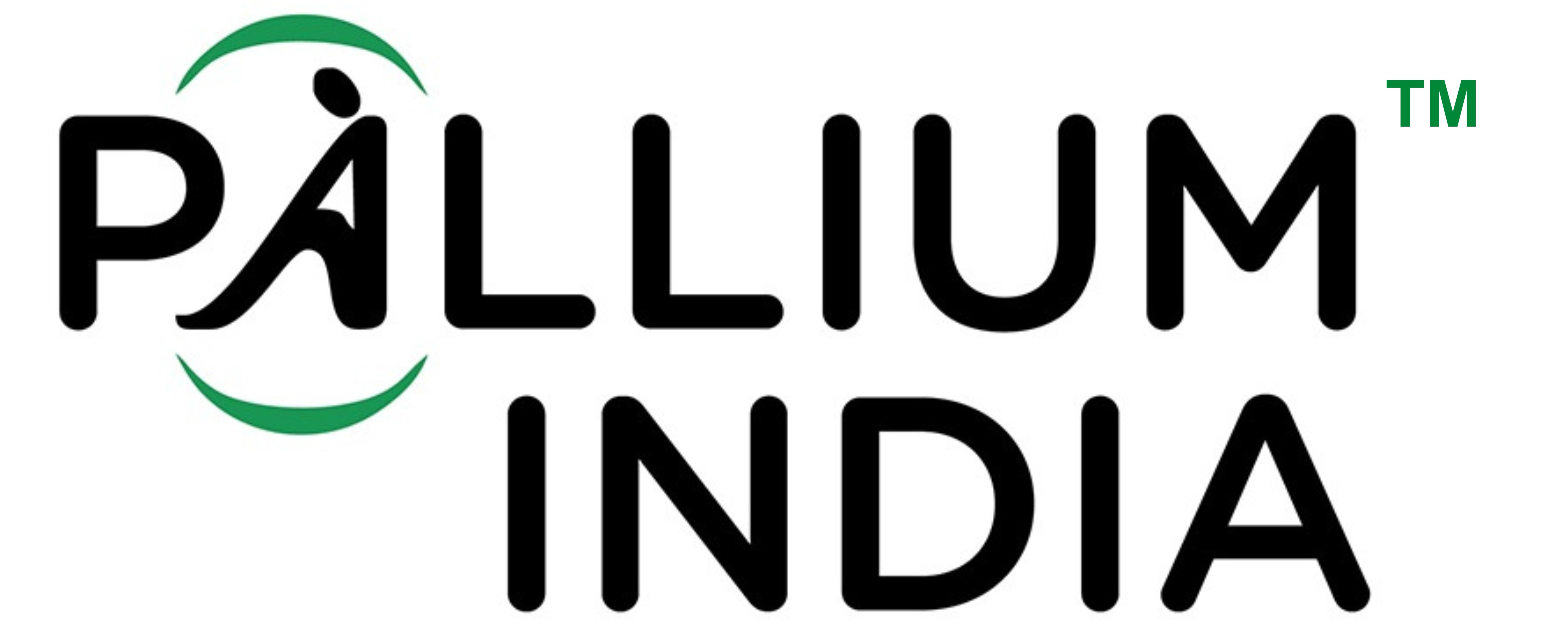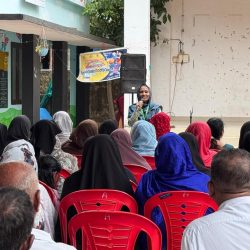Government of India’s Opioid Availability Plans
We have good news!
The Government of India Department of Revenue has always been proactive in the matter of opioid availability. Initiatives by David Joranson, his team and partnered by Indian palliative care workers (since 1994 and continuing now) were so well-received by the department that the 1998 recommendations for model rules have now been accepted by 14 states in India.

Additional support came in the last few years from the WHO’s Access to Essential Medicines programme pioneered by Dr Willem Scholten, advocacy by Human Rights Watch, the positive approach from the International Narcotics Control Board (INCB) and from many other sources, not to mention the persistent and continued support from David Joranson and his team.
Recently, Mr Pavel Pachta, who heads INCB, visited India and had meaningful interactions with stakeholders in the field.
On the 1st and 2nd of February 2011, the Department of Revenue conducted a two day conference in Parliament House Annexe. There were about 100 participants – almost every state was represented by their Drug Control and Excise departments. One half day was spent on deliberations about availability of opioids for medical purposes.
The very fact that the meeting dedicated so much time to this subject shows the importance that the department is giving this issue. In general, the meeting agreed on the following matters:
- Instead of only “morphine for cancer pain”, the model rules of the Department of Revenue hereafter would recommend the availability of “opioids for pain management”.
- This would mean that in future we should be able to access opioids other than morphine for treatment of severe pain conditions, when the patient does not tolerate morphine.
- The Drug Controller General of India would initiate the process for making methadone available in the country.
- At the moment, it is manufactured in India for export, but not sold in the country.
- The Department of Revenue will work with State Governments to simplify their narcotic regulations and to put in simple standard operating procedures.




